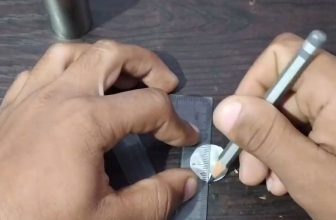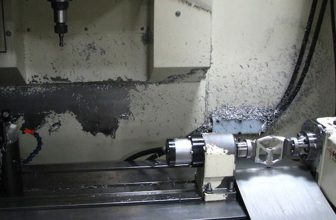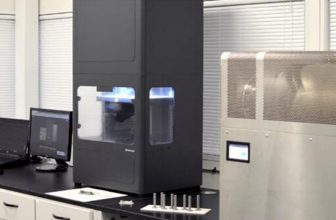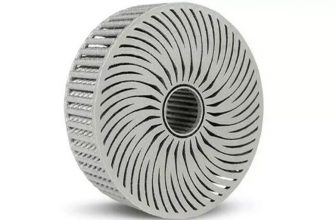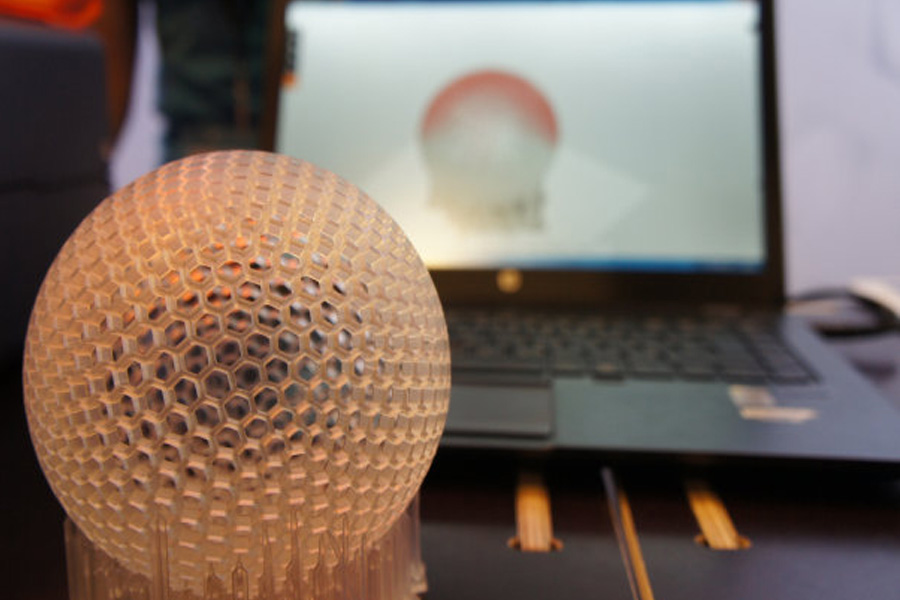
Light-curing molding technology is one of the most popular and common technologies in the field of additive manufacturing. The models printed by light-curing 3D printers have relatively high accuracy. Therefore, light-curing 3D printers have become the first choice of many users. So, what factors affect the model accuracy of the light-curing 3D printer? Let’s take a look at the factors that affect the model accuracy of the light-curing 3D printer.
The accuracy of the light-curing 3D printer itself
When choosing light-curing 3D printing, let’s first understand the resolution of the machine. The market is mainly divided into 2k and 4k machines, and the accuracy of 4k is relatively high. Its resolution is the same as the precision of our mobile phones and computer screens. It refers to the number of pixels that the monitor can display. The resolution is the main factor that can interfere with the accuracy.
The z-axis is controlled up and down to print, so this has a great influence on the layer pattern. The movement of the z-axis is mainly driven by the screw and guide rail. Therefore, we usually need to oil and maintain to ensure that the z-axis does not go up and down smoothly. In the case of the machine, you can see the quality of these two to understand the accuracy.
parameter settings
Then there is the problem of setting the parameters of the model before printing. Slicing refers to exporting the model format with software and the machine can identify and display each layer of graphics during the printing process. Therefore, each layer has a thickness, and the thickness of each layer can be Change in the parameter settings. The larger the layer thickness setting, the more prominent the layer pattern will be. In some curved parts, you can see very prominent step patterns. There may be differences between the model and the physical size and rough surface after the model is printed.
The model printed by the light-curing 3D printer has high accuracy, and the light-curing 3D printer is easy to be ground when polished. If the model is damaged, the original photosensitive resin can be directly coated on the damaged part, and then solidified by ultraviolet light. Polishing with sandpaper is fine.
The quality of photosensitive resin
The quality of the photosensitive resin interferes with the adhesive performance, stacking performance, and liquid resin flow of the material. Consumables of different quality will have different interferences on the surface quality of the molded model. The surface roughness value of the model is also very different. If you use a poor quality resin machine to move up and down horizontally, the surface quality will be poor. The quality of the side surface is disturbed by the inclination angle, and it will also be uneven and lead to step lines.


